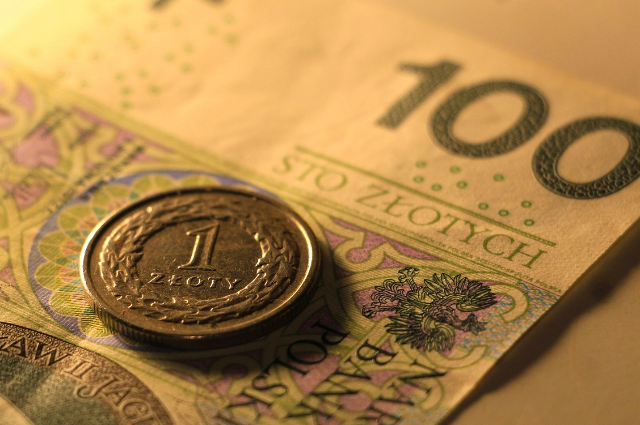
Okay, let’s be real for a second. Every time we hear terms like trade policy, currency shift, or financial reforms, most of us feel like skipping that news because it sounds too “economic.” But the funny part is, these things actually hit us in ways we don’t even notice. Prices at the petrol pump, how expensive your next iPhone is, and even whether your trip abroad feels smooth or messy, all of that is connected. Currently, the significant shift is that countries no longer want to rely solely on the U.S. dollar. India, for example, is pushing the rupee into global trade. China is doing the same with the yuan. The euro has its own story. It’s like currencies are competing to be seen, and the world is adjusting.
The Dollar Wasn’t Always King, So Why Is It Now?
Quick throwback. After World War II, in 1944, there was an agreement called Bretton Woods. At that time, the U.S. had the strongest economy, and the dollar was backed by gold. That made it trustworthy, and soon everyone said, “Fine, let’s use dollars for international trade.” Even after the gold standard ended in the 1970s, the dollar had already taken over. Oil? Dollar. Cars? Dollar. Electronics? Dollar. It became the world’s “common language of money.” But here’s the catch: just because it was the default then, doesn’t mean it has to stay forever.
Why Countries Want Change
Imagine you and I want to trade. But before we do, both of us must first exchange into a third person’s currency. That middleman charges us every time. Annoying, right? That’s exactly what countries are facing with the dollar. There are three big reasons countries are trying to move away:
- Political control – The U.S. uses the dollar’s dominance to pressure other countries. For example, Russia and Iran got sanctioned, which blocked their dollar transactions. Other nations saw this and thought, “What if it happens to us next?”
- Money-saving – Trading directly in rupees, yuan, or euros avoids the extra conversion steps. Less headache, more efficiency.
- Pride and independence – Having your currency recognised globally is like being invited to the VIP table. It’s not just economics, it’s status.
India’s Big Move: The Rupee Story
Let’s talk about India because it’s the easiest for us to relate to. Recently, India signed deals with Sri Lanka and the UAE to trade directly in rupees. Picture this: An Indian company exports machinery to Sri Lanka. Normally, the company would convert rupees into dollars, and then Sri Lanka would convert those dollars into Sri Lankan rupees. Two steps, two costs. But now, they can just deal in INR. One step, cleaner, faster. This doesn’t just save money, it also makes the rupee more recognised globally. That’s what people mean when they say “internationalising the rupee.”
How Does This Touch Our Lives?
I know what you’re thinking: “Cool, but I don’t run a business, so why does this matter to me?” Here’s why:
- Prices of stuff – Many things we buy, oil, phones, and clothes, are imported. If trade becomes smoother and less dollar-dependent, it could reduce price shocks. Remember how oil price jumps hit us hard? A rupee-based deal might cushion that.
- Travel gets easier – Imagine flying to Dubai and not having to convert your money to dollars first. Paying directly in rupees could actually become a thing someday.
- More opportunities – If global trade in rupees grows, it could mean more business for banks, financial services, and even tech companies in India. That means more jobs. So yes, it looks like “policy talk,” but in the end, it’s about whether your cab fare, groceries, or travel expenses stay stable or not.
Other Players in the Game
It’s not just India:
- China is already making the yuan a big deal in Asia and Africa. They even built their own system called CIPS to rival SWIFT (the global payments system controlled by the West).
- Russia, after sanctions, started using rupees and yuan in trade because dollars were blocked.
- Europe is strengthening the euro as a backup option.
Basically, the world is moving toward a “multi-currency club” instead of letting the dollar run the whole show.
Risks and Reality Check
Now, before we get carried away, let’s be honest. This shift isn’t easy. Trust is a big deal. Countries won’t just use rupees if they think they’ll lose value too fast. Building credibility takes time. A stable financial system and strong trade policies are needed. The dollar isn’t going to disappear tomorrow; it’s still deeply entrenched in global markets. Think of it as a marathon, not a sprint.
A Simple Analogy
Here’s one way to see it: For years, WhatsApp was the messaging app. Everyone used it. But slowly, people started exploring Telegram, Signal, and even Instagram DMs. WhatsApp is still huge, but not the only option anymore. Currencies are heading the same way. The dollar is still dominant, but the rupee, yuan, and euro are slowly carving out their spaces.
So, why should we care? Because these changes shape the world we live in. The way countries trade, the way currencies compete, the way money flows, all of this eventually shows up in our daily lives, sometimes quietly, sometimes in a very obvious way (like when fuel prices jump overnight). India’s attempt to internationalise the rupee is bold. It won’t transform things overnight, but it shows confidence. For us, it could mean steadier prices, easier travel, and more opportunities as India takes a bigger role in global trade. Next time you see a headline about “currency shifts,” don’t scroll past it. It’s not just about economics, it’s about how tomorrow’s world will look, and how easy (or hard) our everyday financial life might be.
. . .
References:
